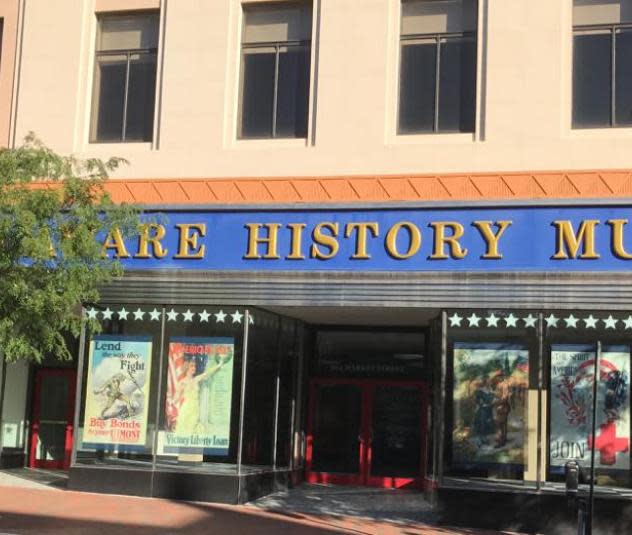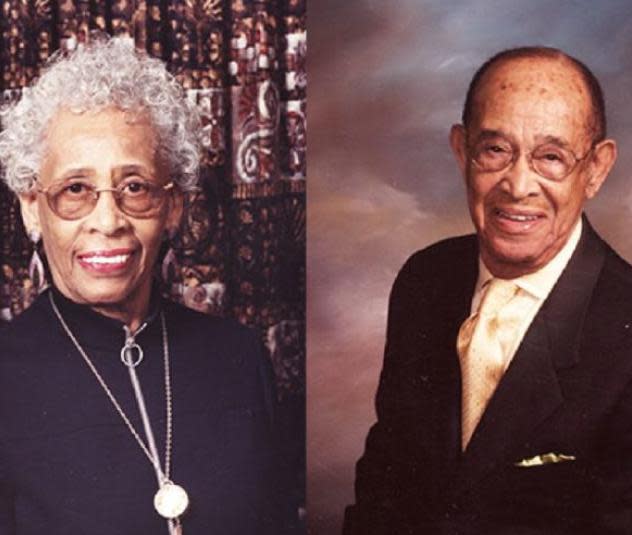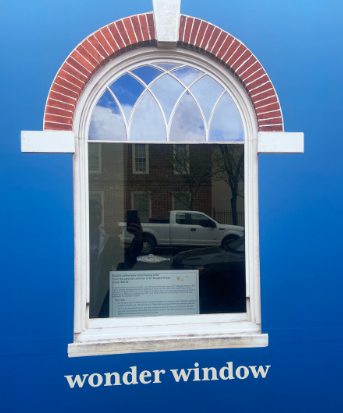Q&A with Ivan Henderson, Director of the Mitchell Center for African American Heritage
The Delaware History Trail is made up of many stories, and its locations are made great by many people. One of them is Ivan Henderson, the new director of the Mitchell Center for African American Heritage. To learn more about the Delaware History Trail and the Mitchell Center, visit www.VisitDelaware.com/history.

The history of the Black community in Delaware goes back a long time, probably longer than some people know. Can you give us some perspective on how long and rich that history is?
Delaware’s Black community has a robust history. It dates back to 1639, when the first African — Antoni Swart — arrived in Lenapehoking, the homeland of the Lenape people, which was being settled by the Swedish at the time. From the Revolutionary War to the present, Black Delawareans have always been active participants in the state’s and the nation’s development.
The histories of African Americans in Delaware provide a unique, essential lens through which we can regard the progress of the American experiment. African Americans in this state were among the first in the nation to pursue the religious, economic, social, artistic, and other freedoms we associate with our ongoing struggles for equity. African Americans have pushed boundaries relentlessly, and employed ingenuity when crafting responses to the systemic challenges that have confronted them for generations.
Why is it important for us all to be aware of this history?
Although the truths we associate with African Americans are only part of the “whole truth” of Delaware, they are essential elements without which the whole truth can never be known. When shared by people from a variety of backgrounds, such understandings can contribute to the overall repair, improvement, and possibility of enriching relationships between people of diverse backgrounds.

Who were Jane and Littleton Mitchell, and why is the center named after them?
The Mitchell Center honors the legacies of the Mitchells, who dedicated their lives to ensuring equal rights and opportunities for not only Black Delawareans, but for all Delawareans. Littleton Mitchell was a Tuskegee Airman, president of the Delaware NAACP, and an educator. Jane Mitchell was the first Black registered nurse in Delaware, active in the NAACP and an artist. The Mitchells were not just civil rights activists, they were also valued, respected community members.
What kinds of stories will people hear about when they visit the Mitchell Center?
People will experience some vibrant stories of community histories that are told nowhere else. The Coming Together and Building Community section of our core exhibition, Journey to Freedom, captures the growth of churches, social clubs and professional and fraternal associations as sources of community identity. Visitors also will learn about the important roles of organizations such as the YMCA and YWCA played in serving Black youth, and hear about a variety of social activities.
The Center includes the permanent exhibition called “Journey to Freedom.” Would you tell us a little more about that?
Journey to Freedom considers the many paths African Americans take toward liberation, from the first Swedish ship that brought the earliest known man of African descent to the shores of Delaware, to the 1968 protests in Wilmington and the creative expressions of the present. It’s a story we are able to tell using interactive displays and multimedia technology, and we believe it captures the intricate stories of community, struggle, courage, sorrow, celebration, injustice, and resilience of African Americans in Delaware.
Are there more ways to explore black history at the Museum?
The Mitchell Center has several virtual resources and entry points, such as the Journey to Freedom Blog, social media, and videos of past public programs on the Delaware Historical Society YouTube page. We also offer live presentations at the Mitchell Center by request.
Give us an example of some of the artifacts people will find at the center?
There is a still life oil painting that Jane Mitchell created in 1981 that depicts a violin and bugle hanging on a wall over a piece of sheet music. Mitchell was a student of celebrated Wilmington artist Edward L. Loper, Sr., and I see this painting as evidence that Jane Mitchell was a dynamic individual with hobbies and interests — and not just the “first Black nurse in Delaware.” It adds a humanizing element to what we know of her and other history makers.


For more, subscribe to the Delaware Historical Society on Facebook, Instagram, YouTube, Twitter, the Journey to Freedom blog, or visit the Mitchell Center on the web.

